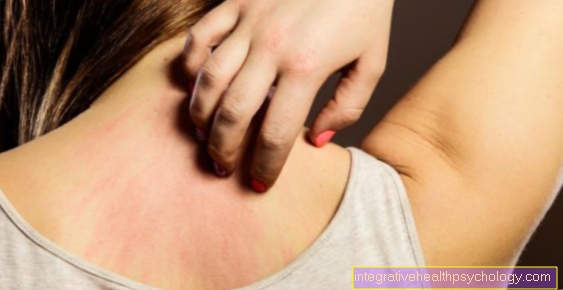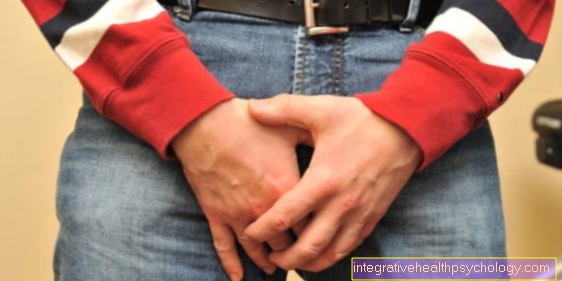Aggressive periodontal disease
introduction
In contrast to chronic periodontitis, aggressive periodontitis occurs very rarely.It progresses faster and there is rapid bone loss and inflamed gum pockets with bleeding gums, although oral hygiene is usually sufficient or better.
The first permanent molars and front teeth are often affected in young adults. As people get older, the rest of the teeth's supporting structures also become ill, leading to early tooth loss.

Causes of Aggressive Periodontal Disease
Inadequate oral hygiene usually leads to the fact that bacterial complexes migrate from the plaque and attack the tissue surrounding the tooth and then the bone. The plaque is then called subgingival plaque, which then leads to the formation of gingival pockets.
However, in patients with aggressive periodontitis, there is often a discrepancy between plaque accumulation and degree of destruction. Although there are actually few bacterial deposits to be seen, the inflammation of the tooth bed has already led to bone loss.
Unfortunately, this is often not immediately noticeable even at check-ups because the bone loss can only be seen in the OPG X-ray.
A familial cluster is often noticeable in patients with aggressive periodontitis. In addition, a phagocyte abnormality, an interleukin-1 polymorphism or a hyperresponsive macrophage phenotype were found to be causes in some patients, although the patients are otherwise healthy.
Smoking, stress and depression and hormonal changes can accelerate the progression, but they are not the cause of aggressive periodontitis.
You might also be interested in:
- X-ray of teeth - OPG
- Causes of Periodontal Disease
Germs as the cause of aggressive periodontal disease
Aggressive periodontitis is a bacterial infection and so-called marker germs are considered to be the trigger. Marker germs are bacterial complexes that are located in the plaque. There are different complexes with different functions.
Frequently the germ Aggregatibacter actinomycetemcomitans is detected in patients with aggressive periodontitis. It is considered a very harmful lead germ and therefore the main culprit. A laboratory test can be used to show the germs involved so that targeted antibiotic therapy can be initiated.
You can also find detailed information on this under: Aggregatibacter actinomycetemcomitans
Diagnosis of aggressive periodontal disease
Diagnosis is made at the dentist's when an oral cavity inspection is performed and gum pockets are measured. An x-ray of all teeth shows the breakdown of bone.
In order to be able to make a reliable diagnosis, it is important to document the course of the tissue loss. If there is increased bone loss within a short period of time, a test for Aggegatibacter Actinomycetemkomitans can provide clarification.
Since a familial accumulation is noticeable in aggressive periodontitis, a family history should also be carried out and, at best, the family members should also be examined.
What symptoms does aggressive periodontitis cause?
Typical symptoms of aggressive periodontitis are the involvement of the front teeth and the first permanent molars, as well as the early onset of the disease. It usually affects young people. In contrast to chronic periodontitis, the loss of tissue in aggressive periodontitis occurs much faster.
Gum pockets form and the gums can be very red and swollen. Often there is bleeding gums, spontaneously or with the slightest touch.
The formation of pus in the gum pockets results in an unpleasant taste in the mouth and often bad breath.
The rapidly advancing inflammation leads to bone loss and this can lead to loosening of the teeth.
The gums recede and the necks of the teeth are exposed, which can also be sensitive to cold. It can lead to a general bad feeling of illness, which in rare cases can also be accompanied by fever.
Learn more at:
- Recognize and treat gingival pockets
- Bleeding gums
Bone loss in aggressive periodontal disease
Aggressive periodontitis leads to the loss of bone tissue that cannot be reversed.
When the gums maintain their original height and the bone has broken down along the tooth root, gingival pockets appear. The pockets can be measured with a probe. The distance from the probable bottom of the pocket, i.e. the beginning of the bone, to the edge of the gums is measured.
Typically, bone loss occurs first on the front teeth and the first molars.
The bone loss leads to tooth loosening and the associated tooth loss.
An additional x-ray can provide an overview of the bone loss.
Therapy of aggressive periodontitis
Treatment is similar to treatment for chronic periodontal disease.
- First, the patient is informed about a suitable oral hygiene technique and professional teeth cleaning is carried out.
- The gum pockets should then be thoroughly cleaned by the dentist and treated with disinfecting rinses (e.g. CHX®).
- Local application of a corticosteroid preparation (e.g. Dontisolon®) can support healing.
- Since it is a bacterial infection, taking an antibiotic (e.g. penicillin or clindamycin) can help if the disease is severe.
- Regular checkups are very important in the case of aggressive periodontitis.
- Mouth rinses from the pharmacy can be used to reduce the germ count and thus limit the spread of the inflammation.
Nevertheless, a mouthwash solution should never be used over a long period of time, rinsing twice a day for one to two weeks is usually sufficient for acute aggressive periodontitis. - Successful periodontal treatment stops further bone loss and tooth loss can be prevented, e.g. by splinting loosened teeth.
You can also find out more at: Periodontal Therapy
Can homeopathy help with aggressive periodontal disease?
Homeopathic remedies can only support healing to a limited extent in the treatment of aggressive periodontitis and should not be used as the sole remedy for treatment.
The Silicea Globuli are said to have a good effect. They are also called silica or silica. It is a whitish granular mineral that occurs all over the world. It is said to have a positive effect on the gums and inhibit inflammation.
Oil flushes are also recommended. You can rinse twice a day with a high-quality oil, for example olive oil, and pull the oil through your teeth, this should have a massage effect and remove metabolic toxins from the gums.
Can you cure aggressive periodontal disease?
Since lost bones do not grow back again, no healing is possible.
With early diagnosis and therapy, the inflammatory process can be stopped and further destruction prevented. Nevertheless, one is dependent on regular controls as part of the supportive periodontal therapy so that recurrences can be recognized and treated early.
How contagious is aggressive periodontal disease?
Since aggressive periodontal disease is an infectious disease, some bacteria can be transmitted.
The bacteria are already transmitted to children; the parents are an important source of infection here. Transmission between life partners is also possible.
However, not everyone who comes into contact with the bacteria inevitably has to develop aggressive periodontitis. There are usually other causes, such as a weak immune system or inadequate oral hygiene as well as a genetic predisposition to the onset of the disease.
You can also find detailed information on this at: How contagious is periodontal disease?
When do you need dentures for aggressive periodontitis?
If you suffer from aggressive periodontitis, bone resorption occurs and this can lead to loosening and tooth loss.
First of all, the treatment of periodontal disease should be in the foreground, because as long as it is still acute, no dentures can be planned and inserted.
Only periodontally healthy teeth can accommodate a crown or serve as pillars for a bridge. You should think about planning a dental prosthesis at least six months after the end of the treatment and when an improvement is foreseeable.
If many teeth are already missing or have to be extracted because of the unfavorable prognosis, a prosthesis can be considered. In advance, a temporary prosthesis can be made for the transition, a so-called interim prosthesis. This can still be worn during the acute phase and a final prosthesis can be made later after the treatment is complete.
also read: Dentures
Duration of aggressive periodontal disease
The duration of the disease and the duration of treatment for aggressive periodontal disease depend on the severity and spread of the inflammation.
Therapy in the acute situation can last from several weeks to six months. Regular checks and close treatments by the dentist are important here.
Recommendations from the editorial team
- Chronic periodontal disease
- The ANUG (Acute Necrotizing Ulcerative Periodontitis)
- Acute necrotizing ulcerative periodontal disease
- Recognize and treat gingival pockets
- Periodontal Therapy

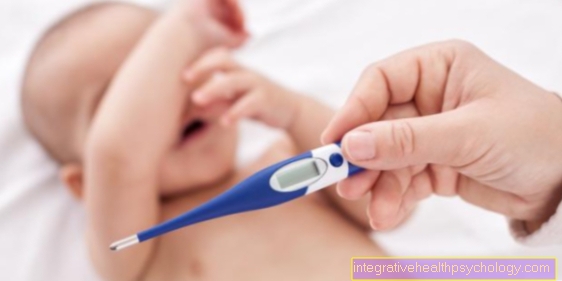
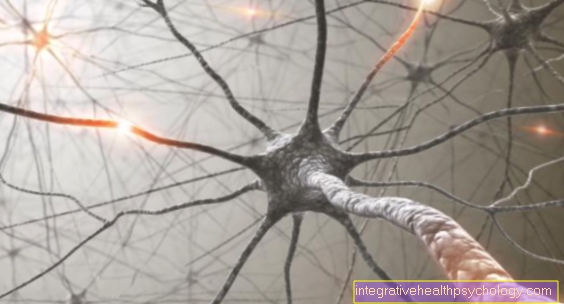

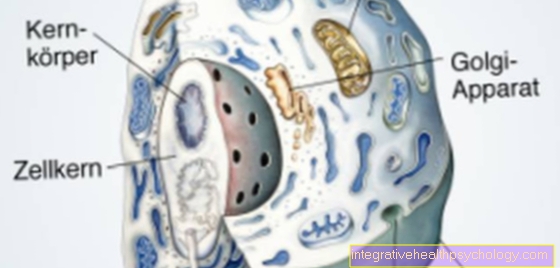
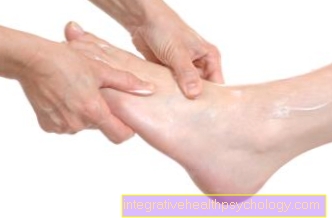

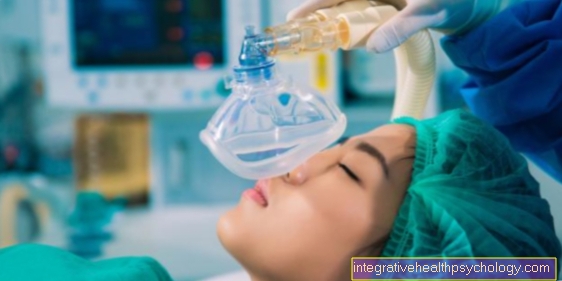
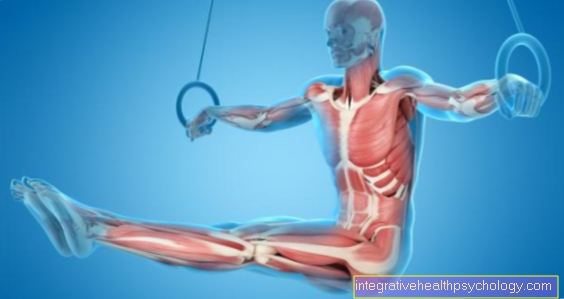

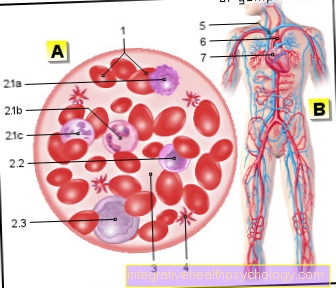

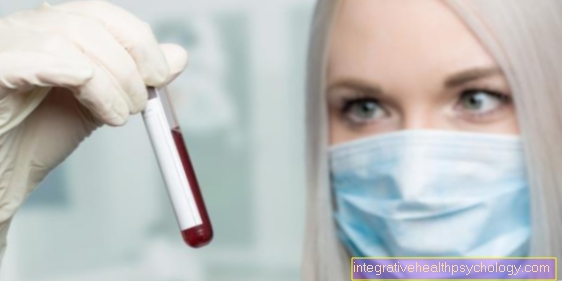

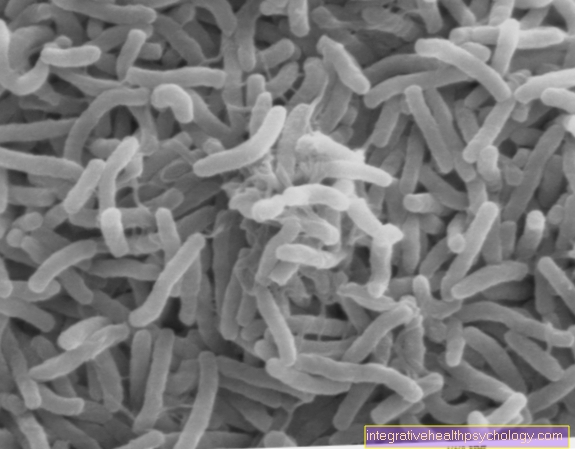
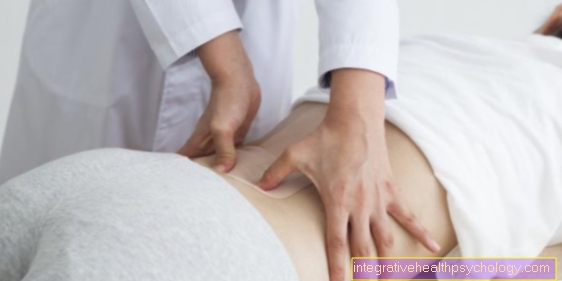


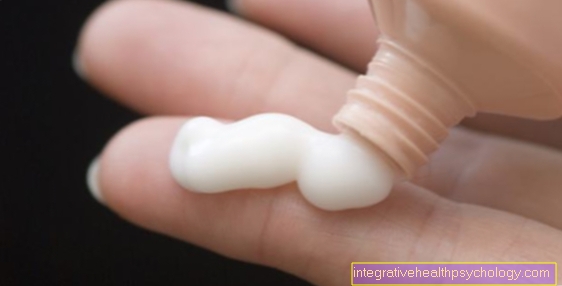
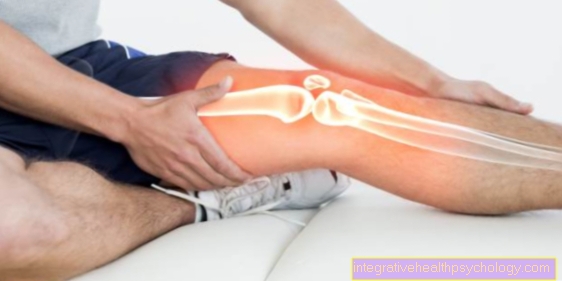



.jpg)



